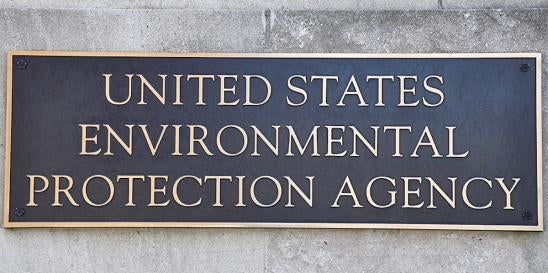On May 18, 2023, EPA proposed a rule that would expand the federal regulations governing the management of coal combustion residuals (“CCR”) to cover landfills and surface impoundments that were previously excluded from regulation under the CCR rule, first promulgated in 2015 under the Resource Conservation and Recovery Act (“RCRA”). 88 Fed. Reg. 31,982 (May 18, 2023). The CCR rule, codified at 40 C.F.R. Part 257, sets national minimum standards for the management of CCRs at existing and new landfills and surface impoundments, but it currently does not impose requirements on impoundments at inactive facilities (those that no longer generate electricity).
EPA’s proposed rule expands coverage of the CCR Rule to inactive facilities by establishing two new classes of regulated CCR units: “legacy CCR surface impoundments” and “CCR management units.” A “legacy impoundment” is defined as “a CCR surface impoundment that no longer receives CCR but contained both CCR and liquids on or after October 19, 2015, and that is located at an inactive electric utility.” 88 Fed. Reg. at 32,034, 31,991. A CCR management unit is defined as “any area of land on which any non-containerized accumulation of CCR is received, placed, or otherwise managed at any time,” including “inactive CCR landfills and CCR units that closed prior to October 17, 2015.” Id. at 32,034. Although “EPA recognizes that this is a broad definition,” it suggests that the definition is narrower than the plain language implies: “[t]he Agency does not intend that the placement of any amount of CCR would necessarily constitute a [CCR management unit],” and CCR management units would not include units that “are not designed to hold an accumulation of CCR, and in fact, do not generally contain a significant amount of CCR,” such as “closed or inactive process water ponds, cooling water ponds, wastewater treatment ponds, or storm water holding ponds or aeration ponds.” 88 Fed. Reg. at 32018.
Although EPA projects that nearly 300 CCR facilities will be impacted by its proposal, the agency recognizes that it could be many more. EPA’s proposal would require facilities to undertake extensive site evaluations to identify all legacy impoundments and CCR management units on their property. Moreover, EPA’s proposal would require the facility to complete a report containing numerous categories of information, including “[a]ny record or knowledge of groundwater contamination associated with each CCR management unit” and a “discussion of any known spills or releases of CCR from each CCR management unit and whether the spills were reported to state or federal agencies.” Id. at 32,035. Under EPA’s proposal, these previously unregulated CCR facilities would now be subject to groundwater monitoring, closure, and at least 30 years of post-closure care, among many other requirements.
One of the many key issues likely to result from any final rule is whether CCR placed or otherwise managed on land constitutes (1) a CCR management unit or (2) beneficial use. This distinction is critical because beneficial use is not regulated under the CCR rule and thus would not be subject to the complex and costly compliance measures required under the rule.
Under the CCR rule, “beneficial use of CCR” means the CCR must (1) provide a functional benefit; (2) substitute for the use of a virgin material; and (3) meet relevant product specifications, regulatory standards, or design standards when available, and when such standards are not available, the CCR must not be used in excess quantities. 40 C.F.R. § 257.53. In addition, for unencapsulated use of CCR involving land placement of 12,400 tons or more in non-roadway applications, the user must demonstrate that environmental releases to groundwater, surface water, soil, and air are comparable to or lower than those from analogous products made without CCR, or that such environmental releases will be at or below relevant regulatory and health-based benchmarks for human and ecological receptors during use. Id.
Although EPA has provided some informal guidance on the meaning of beneficial use, how exactly the agency would distinguish between such use and a CCR management unit under its proposed regulations is not clear. For example, EPA has said that beneficial use practices (e.g., using CCR as structural fill) before the 2015 rule are not required to meet the specific beneficial use criteria in the rule to be excluded from coverage. See, e.g., https://www.epa.gov/coalash/coal-ash-reuse.
How these and many other CCR-related issues develop over the next few years could have significant implications for owners and operators of CCR facilities. RCRA authorizes citizen suits for alleged non-compliance with solid waste rules (42 U.S.C. § 6972), and the WIIN Act authorizes federal enforcement of the 2015 CCR rule by EPA (42 U.S.C. § 6945). Both citizen suits and government enforcement carry with them the potential for injunctive relief and significant civil penalties. Owners and operators should therefore keep a close eye on developments related to EPA’s proposed rule, including issues related to beneficial use of CCR. EPA anticipates issuing a final rule in April 2024.




 i
i


